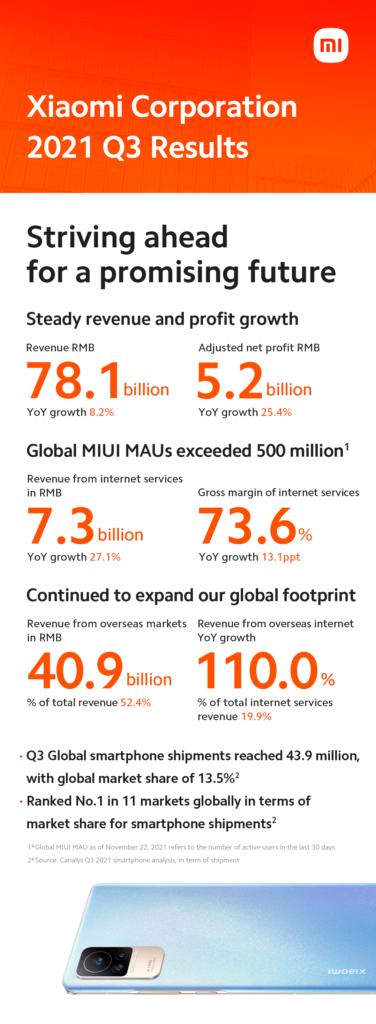Note: This story was published in the newsletter on October 22, but never made it to the site. So we updated the headline and published it here two weeks later.
Slightly more than a year ago, I shared what was in my smart home. I started out by saying, “Wow, what a difference three years makes in the smart home world. The last time I shared what connected devices were in my house was October 2017, and as I review that article, it seems like nearly everything has changed.”
Here we are, just 14 months later and I could essentially say the same thing: My entire smart home has transformed from what it was as Apple HomeKit is now the brains of my house.
I do still have some devices outside of the HomeKit world. I keep an Amazon Echo Dot around for testing although my mesh Wi-Fi network is powered by a trio of Eero 6 Pro units. Eero is owned by Amazon so I still have a toe in that water. The Eero 6 Pro system replaced a Samsung SmartThings WiFi setup, which offered both WiFi 5 mesh networking and an integrated SmartThings hub.
I was mostly all-in on Google home last August and my smart home still has some remnants of that time. We still have the old Lenovo Smart Display in our kitchen as well as a Google Nest (first-generation) Hub in the bedroom. They don’t get as much use these days but still function nicely to voice-control some of our lights, change the thermostat, and the occasional YouTube TV or Netflix program. And I often use one of these to stream Apple Music while working.

Our Nest x Yale lock, another Google Home-supported product is still guarding the front door for us. It works just as well as it always did although I may consider replacing it with a HomeKit lock once we see some with Thread support arrive.
Gone is the companion Nest Hello doorbell outside the front door. My review experience with the HomeKit-compatible Logitech Circle View Doorbell was so positive that I bought my own. I also replaced a Wyze Cam with the Logitech Circle View camera. Both of these take advantage of Apple’s HomeKit Secure Video so I’m less concerned that my video feeds can be seen outside of my family members.
We still have a cornucopia of smart lighting brands in the home. I’ve added a half-dozen Wyze bulbs, for example, and some additional Philips Hue and CbyGE (now called Cync) lights. Over time, I’ve been replacing older Cree and Osram bulbs with newer products. However, some lights are controlled by Apple while others are handled by Google. My plan is to standardize to HomeKit-compatible lights only in the coming months.
Speaking of HomeKit, the $99 Apple HomePod mini is what allows us to remotely control or access our smart devices away from home. And it’s a Thread Border Router, so any Thread devices can access, or be accessed, from the internet.
I also recently added a HomeKit remote garage door sensor, which is still working perfectly. And, in a nod to Stacey’s love for the product line, I just bought and setup a Lutron Bridge along with a few smart switches. Since we were in the middle of a kitchen remodel these past few months, I decided to go with smart switches over smart bulbs.
So why the switch to HomeKit? Frankly, having used all of the major mainstream smart home platforms, it is the easiest to set up and use. We’ve also had fewer problems with our smart devices although HomeKit isn’t infallible either. And it’s super handy to have all of our Home controls right on my wrist with the Apple Watch.
That doesn’t mean you should make the switch, of course. Your home is your home and as we always recommend, buy and use what works best for you!
Want the latest IoT news and analysis? Get my newsletter in your inbox every Friday.








